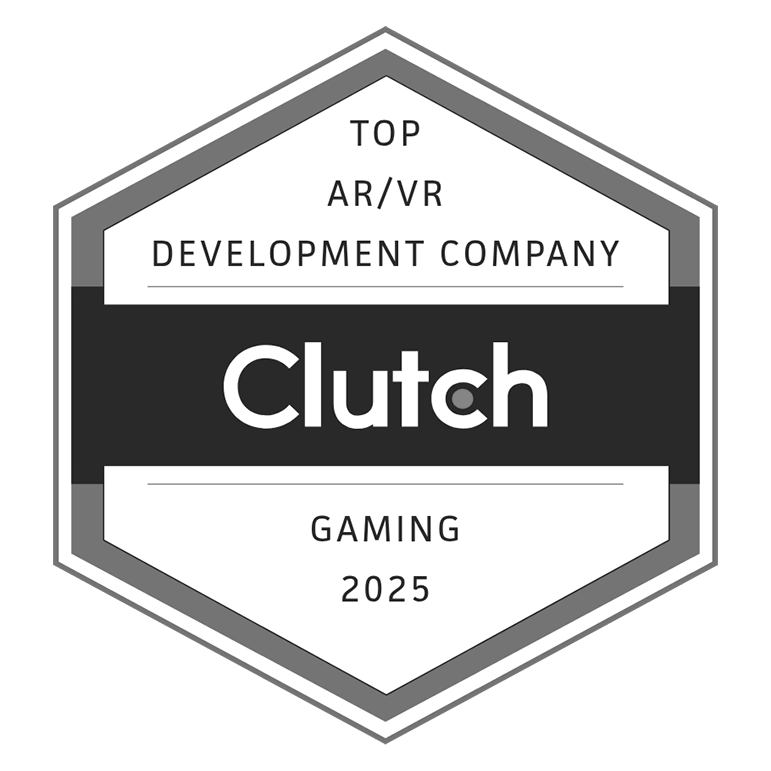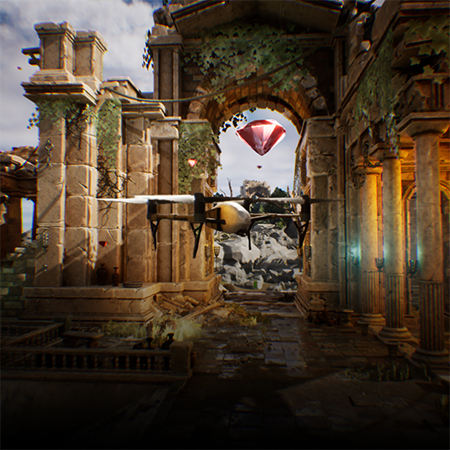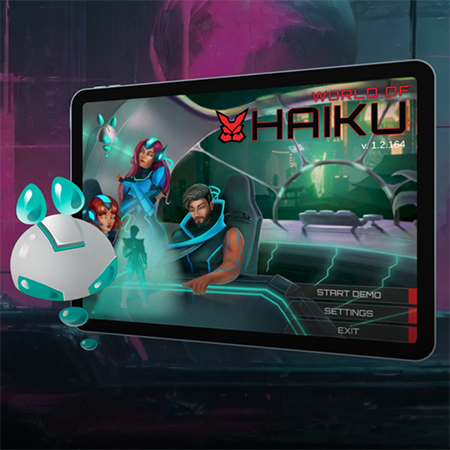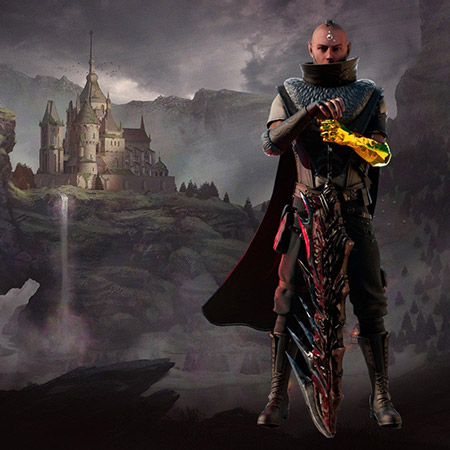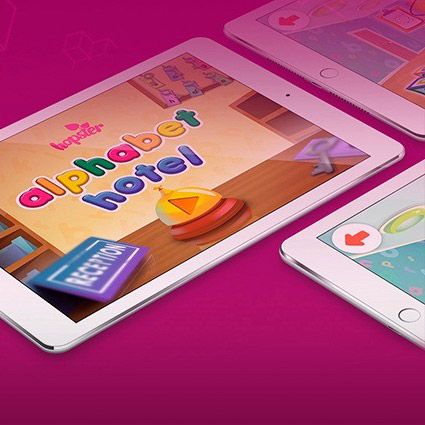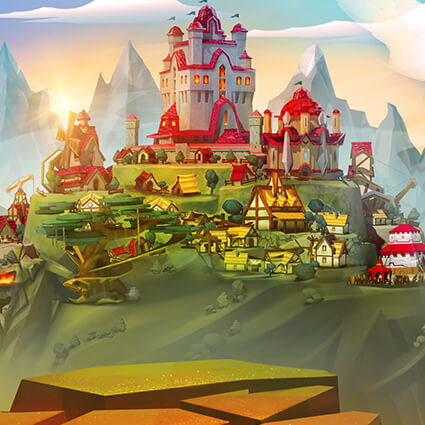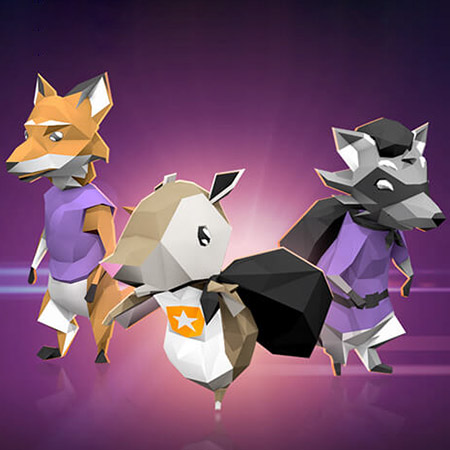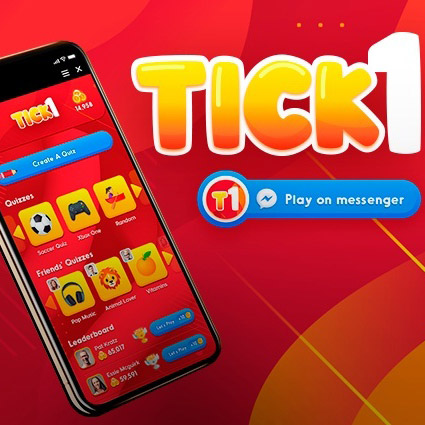Recently, the buzz around virtual reality (VR) gaming has escalated, with every day bringing news of advancements, releases, and discussions within the sector. The debate has intensified particularly between giants in the video game console industry, Microsoft and Sony, who have adopted notably differing views on VR's place within the gaming universe. It is widely acknowledged that the production of VR games has seen a significant uptick, reflecting a broader trend of growth within this sector.
When it comes to categorizing VR offerings alongside traditional computer or video games, it's important to recognize the distinct differences that set them apart. VR headsets offer an immersive experience fundamentally different from viewing content on a computer or TV screen, necessitating unique technological solutions and development methodologies. This divergence extends beyond just the technical aspects; it also impacts the development cost, a topic that garners much interest and discussion. This discussion will focus on unraveling the facets of VR game development cost.
A key question often arises: how much does it cost to develop a VR game? This inquiry is pertinent as the industry sees an increasing array of VR games making their way to the market. The investment required for VR game development is influenced by a myriad of factors, including the complexity of the game, the quality of graphics, and the level of interactivity desired. Each of these elements plays a crucial role in shaping the development cost, making it a critical consideration for developers venturing into this dynamic field.
Moreover, the rapid proliferation of VR games underscores the momentum gaining within this exciting domain. As developers continue to explore and expand the boundaries of what is possible in VR gaming, understanding the nuances of VR development cost becomes essential. This exploration not only sheds light on the financial aspects but also highlights the technological innovation driving the industry forward.
What Goes Into the Cost of VR Game Development?
Without a doubt, the biggest costs of making a game go into the time invested by the development team, i.e. salaries for staff and compensation for partners and contractors. Here is a breakdown of the process and people involved in it:
Planning

Constructing a virtual reality game begins with the spark of an idea, a creative vision that the developing company may embrace or set aside. At the heart of these decisions lie the strategic considerations undertaken by company leadership, often involving extensive research into market competitors and the viability of the envisioned project.
Following a green light for the project, the creation machinery whirs into action, drawing in a broader team of professionals. Executives collaborate closely with project managers, lead designers, and a cadre of developers to lay down the foundational blueprint of the project. Concurrently, business analysts thoroughly evaluate potential expenses, crafting a comprehensive business strategy to navigate the financial landscape of the venture.
This collaborative process marks the initial steps toward transforming a conceptual vision into a tangible VR game, a journey fraught with challenges and opportunities. Each team member contributes their expertise, from outlining the game's core mechanics to projecting the VR game development cost, ensuring every aspect of the project aligns with the overarching goals. The VR development cost, a pivotal factor, is meticulously analyzed, encompassing everything from software acquisition to the workforce.
Moreover, the path from concept to completion embodies a multifaceted endeavor requiring technical prowess and strategic financial planning. The development cost, therefore, becomes a crucial metric, guiding decisions and shaping the project's scope. It's an intricate balance between ambition and feasibility, where the cost is weighed against the potential for innovation and market impact.
As the project unfolds, the game begins to take shape, evolving from abstract ideas to a VR experience that promises to captivate players. This evolution reflects the dedication and skill of the development team tasked with bringing the game to life within budget and technology constraints. With their immersive environments and interactive gameplay, VR games demand a significant investment in creativity and resources.
Preliminary work

The initial phase of any project is not just a starting point. It's the foundation upon which the entire project is built. In this stage, the essence of the game starts to take shape through the development of concept art, the crafting of engaging narratives, character creation, and the establishment of fundamental gameplay mechanics.
The collective efforts of writers, artists, and designers converge to breathe life into the nascent stages of the project. Simultaneously, a significant portion of preparatory work is undertaken by developers, who focus on constructing the foundational gameplay mechanics that will underpin further stages of development.
This early stage is crucial, as it sets the direction and tone for the entire game. It involves a detailed process where the creative vision is translated into tangible elements that serve as the building blocks of the game. The collaboration among team members is vital, with each bringing their unique skills to the table to contribute to the game's overall design and story. Developers play a key role in this phase, implementing the initial mechanics that will define the player's interaction with the game world.
Moreover, the preliminary work is not just about establishing the creative aspects of the game but also involves initial considerations regarding the VR development cost. These early decisions profoundly impact the project's scope and scale, influencing everything from the complexity of game mechanics to the depth of the narrative and the richness of the visual experience. As such, the development cost becomes a guiding factor in the early planning stages, ensuring that the project remains viable both creatively and financially.
The intricate process of turning a concept into a playable reality demands meticulous planning and coordination. VR games, in particular, require a high level of detail in their creation, from the immersive environments to the interactive gameplay elements. Therefore, the VR game development cost is a critical aspect that needs to be addressed early on. This not only involves the resources allocated for the creation of content by writers, artists, and designers but also the technical development led by developers to establish a solid gameplay foundation.
As the project transitions from conceptual work to more concrete development stages, the team focuses on bringing the envisioned game to life. This phase is marked by increased developer involvement, who refine the core mechanics and integrate them with the narrative and visual elements previously established. The development cost, hence, evolves to encompass a broader range of activities, from enhancing the game's interactivity to ensuring its compatibility with VR technology.
Active development

The creation phase of a virtual reality game represents the segment where resources, both time and personnel, are most intensively allocated. During this period, extensive teams comprising developers, designers, artists, and other professionals dedicate months, or even years, to collaboratively shaping the game. The sheer scale of this effort, encompassing a wide range of expertise and a substantial duration of concerted work, marks it as the most resource-intensive part of the game's lifecycle.
Furthermore, venturing into the domain of NFT VR games elevates the project's complexity and demands significantly. Integrating non-fungible tokens into virtual reality games not only adds a layer of technical complexity but also requires a specialized skill set to ensure the seamless execution of such an innovative venture. Opting for professional NFT game development services is a prudent choice. These services provide access to seasoned professionals who bring a wealth of experience and expertise, making the venture more feasible and secure.
When it comes to the technical aspects of developing VR titles, the selection of appropriate software platforms like Unity, UE, Sumerian or Oculus Medium is crucial. These tools offer the sophisticated capabilities needed to construct immersive virtual environments and interactive gameplay mechanics that are hallmarks of VR gaming. The process of building a game using these platforms is acknowledged as being significantly more challenging compared to the development of traditional AAA titles. The advanced features and capabilities of these engines facilitate the creation of complex, richly detailed VR worlds, contributing to the overall VR development cost.
This advanced stage of development, with its heavy reliance on skilled professionals and cutting-edge software, underscores the unique challenges and costs associated with bringing a VR game to market. The VR game development cost encompasses not just the salaries of a large, diverse team working over extended periods but also the licenses for sophisticated development tools and platforms.
Testing

A dedicated team of QA engineers, commonly known as testers, is deployed to ensure a game is polished and free from glitches before it hits the market. The unique nature of VR games, which are experienced through specialized hardware such as headsets and controllers, necessitates that these testers are fully equipped with such devices during the testing phase.
Although the duration of testing might not rival that of the initial development phase, it is by no means a swift process. Consequently, the financial implications of this crucial stage are far from trivial, with the testing phase accounting for a significant portion of the overall development cost, often ranging between 20% to 30%.
This meticulous testing process is essential not only for identifying and rectifying any technical issues but also for ensuring that the game delivers the immersive experience VR gamers expect. Given the complexity and the immersive nature of VR games, the testing phase is critical to their success, requiring a thorough examination of both the software and the hardware integration. The cost associated with this phase reflects the extensive efforts needed to ensure the game's readiness for launch, encompassing the labor of the QA team and the use of the VR equipment.
As VR games continue to push the boundaries of interactive entertainment, the importance of comprehensive testing cannot be overstated. This phase ensures that the final product is not only bug-free but also meets the high standards of quality and immersion that players demand. Consequently, the development cost must account for the resources dedicated to this stage, including the time investment of skilled QA engineers and the procurement and maintenance of cutting-edge VR hardware.
Post-Development

Upon the launch and distribution of a game, the financial commitments associated with its creation and upkeep do not cease. For instance, when the game is designed to generate revenue, a robust marketing campaign becomes indispensable for achieving profitability. Moreover, maintaining the game's operational integrity is ongoing, encompassing a spectrum of support activities. These activities include resolving bugs, maintaining server infrastructure, and other critical measures that ensure the game remains accessible and enjoyable for its user base.
In the dynamic gaming sphere, mainly when the game aims to captivate and engage a broad audience, the investment in promotional strategies can significantly influence its market presence and financial success. Beyond the initial development cost, allocating resources for marketing emerges as a strategic necessity, potentially tipping the scales towards a favorable return on investment.
Concurrently, the commitment to providing continuous technical support represents a non-negotiable aspect of post-release game management. This includes immediate fixes for any issues that arise and the sustained maintenance of game servers and systems, a process that directly contributes to the overall cost of keeping the game in the market.
This enduring dedication to promoting and maintaining the game post-launch underscores the multifaceted nature of game development and distribution. The cost of these ongoing efforts is integral to the game's longevity and ability to maintain a positive player experience. This aspect is even more pronounced for VR games, which often require more complex and specialized technical support due to their immersive nature. Ensuring the smooth operation of VR games demands a dedicated focus on technical excellence, further accentuating the development cost over time.
Other costs:
Software & Hardware. Making a professional title requires professional software, which can carry exorbitant licensing costs for a company. Additionally, an assortment of hardware (computers, equipment, VR headsets, etc.) is essential for anyone aiming to make a VR game.
Marketing. A marketing campaign can make or break a game, so it is not unusual for the marketing budget to make up a significant chunk of total spending; sometimes even half or more. Some companies dish out millions of dollars on online advertising, promotional events, and printed media.
Cloud & Computing. It is commonplace for studios to rely on cloud services for storing digital assets and using them for the numerous computing needs of development.
Music & Voices. Virtually all major gaming titles use music, sound effects, a score, voices, or some combination of the four to convey dialogue, emotion, realism, and other information to players. While some companies opt to use stock sounds, original audio is created or recorded by specialists most of the time.
Miscellaneous. Many additional costs can go into the creation process, and they are often unforeseen and unpredictable. Of the other conventional expenses, we can mention accounting, legal operations, content translation, and communication costs.
Factors That Affect Virtual Reality Mobile Game Development Cost
Several elements influence the cost of developing a virtual reality mobile app, each contributing to the financial blueprint of the project. Foremost, the complexity of the game plays a pivotal role. Simple games, focusing on fundamental interactions and graphics, demand less time and fewer resources, thus lowering the overall development cost. In contrast, more intricate VR games featuring advanced physics, high-fidelity graphics, and complex storylines require a team of experienced developers and artists, significantly increasing the investment needed.
The choice of development tools and platforms also has a substantial impact on the budget. Utilizing advanced software like Unity or Unreal Engine for crafting immersive VR games may enhance the user experience but also adds to the cost due to licensing fees and the need for specialized skill sets among the development team.
Moreover, the extent of content and game levels directly affects the development timeline and, consequently, the cost. A VR game with multiple environments, characters, and levels necessitates extensive design and testing, pushing up the development cost.
Another crucial factor is the integration of social features and multiplayer capabilities, which can elevate a VR game from a solitary experience to a dynamic, interactive community. Implementing these features requires additional back-end development and server maintenance, further influencing the overall cost.
Lastly, post-release support, including bug fixes, updates, and customer service, remains essential for maintaining a positive user experience and extending the game's lifespan. Allocating resources for ongoing support contributes to the total development cost, ensuring the VR game remains functional, engaging, and enjoyable for users over time.
How Much Does a VR Game Cost in Total?

As you probably imagine, the cost of virtual reality development ranges by many factors, including the country where it is built, the number of people involved, the amount of content, and the quality of content. In the most robust game development market (US), relatively simple and low end VR games (think 3D Pong) can cost upwards of $5,000, while most mid-tier titles fall into the $20,000 – $100,000 category. Massive AAA and multiplayer titles can easily cost millions of dollars to make.
For example, Skyrim VR (often referred to as the best VR RPG title) is believed to have cost at least $10M to make. Robo Recall — another major VR title is estimated to have cost about $3.8m to make. Unfortunately, accurate figures of many popular titles are not always available due to the makers’ reluctance to share this information.
Sometimes, the total cost of the game can be partially estimated according to its genre, gameplay type, and category. For instance:
- Simple games focused on a single navigation mechanic (e.g. running a race, jumping over obstacles) have previously been built in the range of $3,000 – $10,000.
- Horror games are a very popular genre in VR, and their costs typically fall into the range of $30,000 – $90,000.
- MMORPGs (Massively multiplayer online role-playing games) require much more development than most other categories, and total costs often add up to $100,000-$150,000.
Does Virtual Reality Game Development Pay Off?
Investing in virtual reality game development often raises questions about the return on investment, given the significant development cost involved. The burgeoning interest in VR technology across various sectors — not just gaming but also education, real estate, and healthcare — suggests a promising horizon for VR games. The immersive experiences VR games offer have captivated a rapidly expanding audience, indicating a growing market potential.
Developing a VR game entails a substantial financial commitment, with costs encompassing not only the creation and testing of the game but also post-launch support and marketing efforts. Successful VR games, however, have demonstrated the ability to recoup these expenses and generate considerable profits, thanks to compelling content, engaging gameplay, and innovative use of VR technology that attracts users willing to pay for a premium experience.
Moreover, the unique selling proposition of VR games — the immersive, interactive experience — cannot be easily replicated by traditional games, providing a competitive edge in the digital marketplace. This uniqueness can justify the higher development cost, positioning VR games as a lucrative niche within the broader gaming industry.
The continuous advancements in VR technology, coupled with decreasing hardware prices, are making VR games more accessible to a wider audience, thereby increasing the potential for revenue generation. As the quality of VR experiences improves and becomes more affordable, the audience base is likely to expand further.
Therefore, while the development cost for VR games and applications is undeniably high, the investment can indeed pay off. The key lies in innovative development, strategic marketing, and ongoing engagement with the user base, ensuring the VR game stands out in a competitive market.
Virtual Reality Games’ Areas of Application
Education and training in gaming. Virtual reality redefines how educational content and training simulations are delivered by providing immersive, interactive experiences without real-life risks or expenses. For example, games that simulate medical procedures allow players to enhance their skills in a controlled, virtual environment, proving that investment in VR game development can significantly boost learning outcomes and player engagement.
Entertainment and gaming. VR games are renowned for their unparalleled immersion and interactive capabilities, setting a new standard in the gaming industry. Despite the significant investment required for VR game development, the unique gaming experiences provided open new revenue streams and expanded market opportunities.
Real estate and architecture gaming. In particular, VR technology enables players to explore and interact with virtual properties and architectural designs within games, reducing the need for physical models. Such an approach decreases the time and costs associated with game development and enriches the player's decision-making process by offering a more interactive experience.
Retail and eCommerce in gaming. Leveraging VR, games can simulate shopping experiences, allowing for virtual try-ons and navigations through digital stores. This immersive strategy can increase in-game purchases and enhance player satisfaction, justifying the initial development cost through higher revenue generation.
Healthcare and therapy gaming. VR games have emerged as a valuable tool in treating psychological conditions such as PTSD, anxiety, and phobias, offering controlled exposure in therapeutic scenarios. The costs of developing such games are offset by their potential to deliver more effective and engaging treatments.
Travel and exploration gaming. With VR, players can visit remote locations, historical sites, and natural wonders from their homes, offering entertainment and education that broadens horizons and enriches the player experience. The added value to both players and developers justifies the development costs in terms of expanded knowledge and experiences.
Corporate training games. VR is utilized to create immersive training simulations for businesses, from handling hazardous situations to practicing customer service skills. Investing in VR development often pays off through improved employee performance and safety, demonstrating the technology's potential to enhance learning and operational efficiency.
Each application demonstrates the versatility of VR technology and its potential to transform industries by offering previously impossible experiences. Significant investment in VR app development pays dividends in enhanced experiences, efficiencies, and capabilities across various sectors.
Check Out Our VR Game Development Services
Given the many factors contributing to a VR title’s cost, it is difficult to put a price tag on a potential virtual reality release simply based on its genre, platform, and duration. However, this does not mean that it is impossible to get an estimate before you release the product. With the help of experienced specialists who have analyzed such games before and considered all relevant factors, it should be possible to get a fairly close estimate of how much the release will cost.
The development process can also pose many challenges to those who have never built such products and titles before; so many people/companies with VR game ideas opt to hire game developers to handle the process for them, or at least a certain aspect of it. Today, thousands of companies operate on the virtual reality development market and offer such services, but only a fraction of them have the experience necessary to tackle big and complex projects in this field.
Game-Ace is a studio with over 2 decades of experience in building games intended for various audiences and platforms. We are no stranger to virtual reality or other innovative technologies like mixed and augmented reality, and confidently take on projects in this field using the Unity or UE4 engines. To have your idea appraised and the next steps discussed, you are welcome to send us a message.
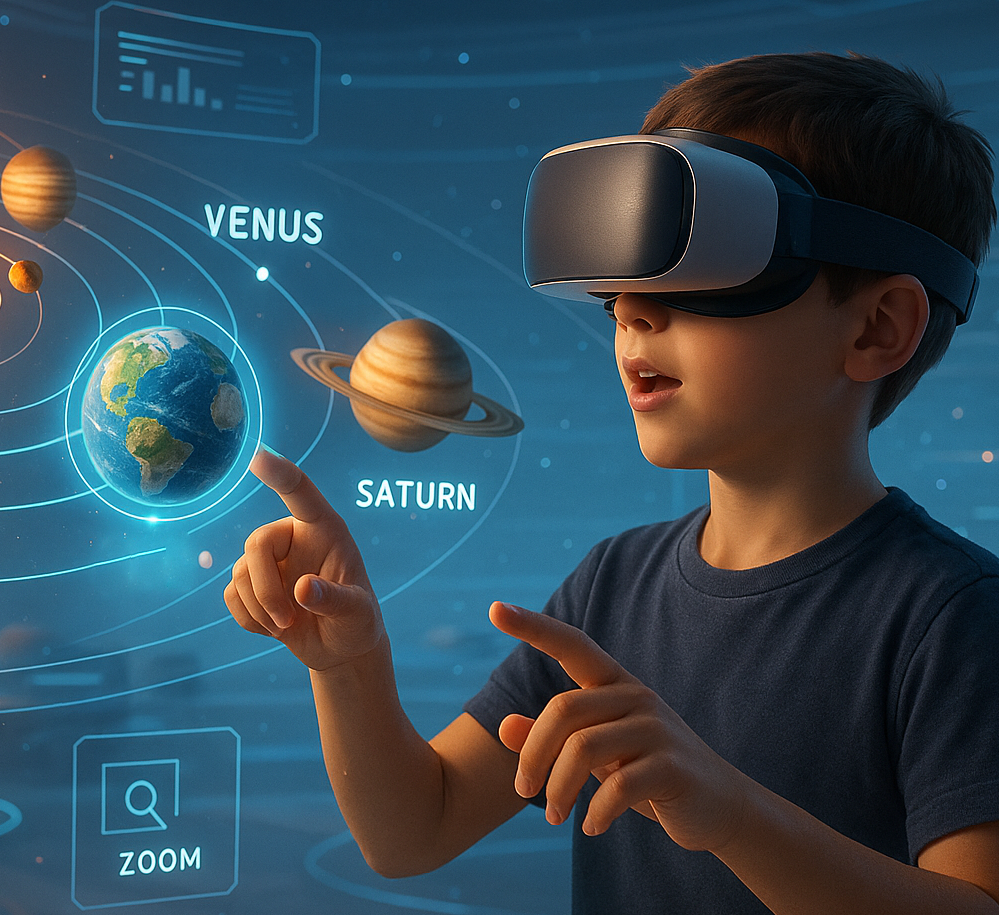 How to Design Learning Games That Teach Real-World Skills to Young Learners
How to Design Learning Games That Teach Real-World Skills to Young Learners 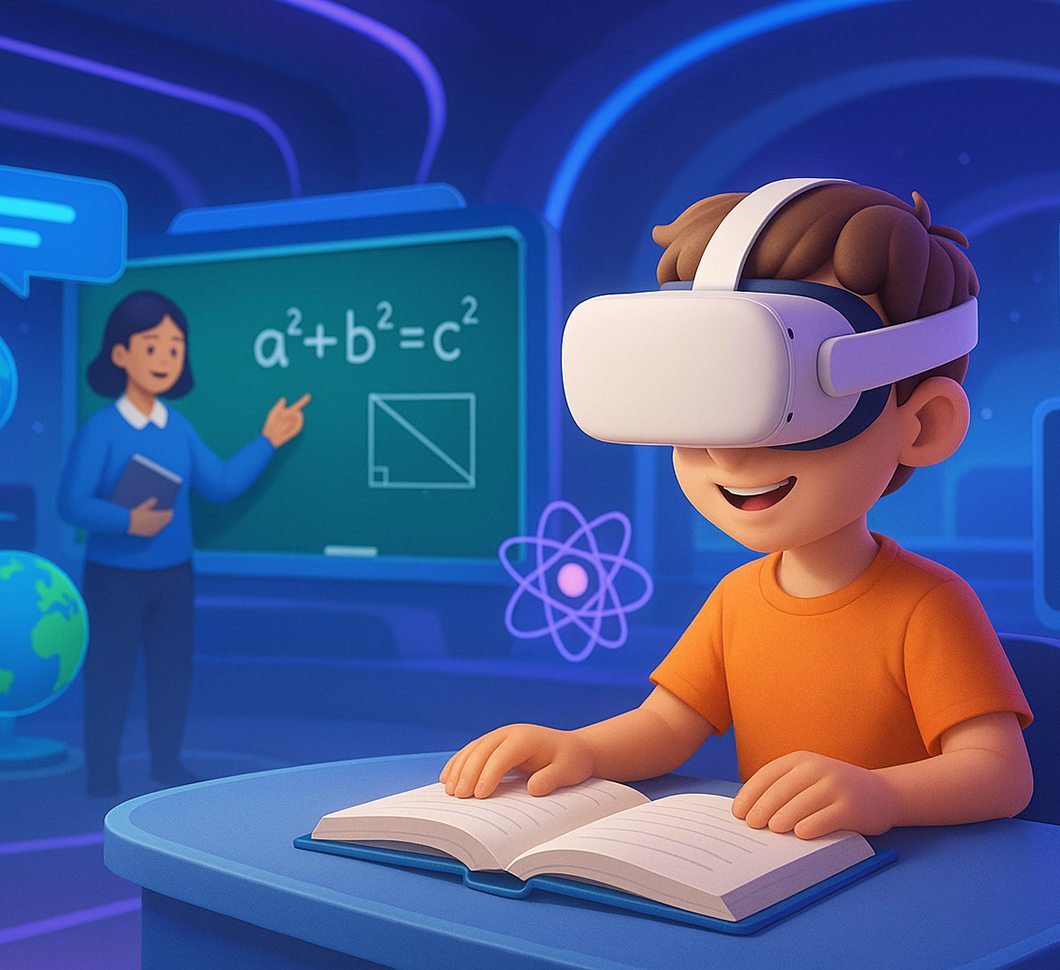 Level Up Learning: How Game-Based Learning Drives Real Results
Level Up Learning: How Game-Based Learning Drives Real Results  AI Game Assistant Integration for Smarter, Player-Responsive Games
AI Game Assistant Integration for Smarter, Player-Responsive Games 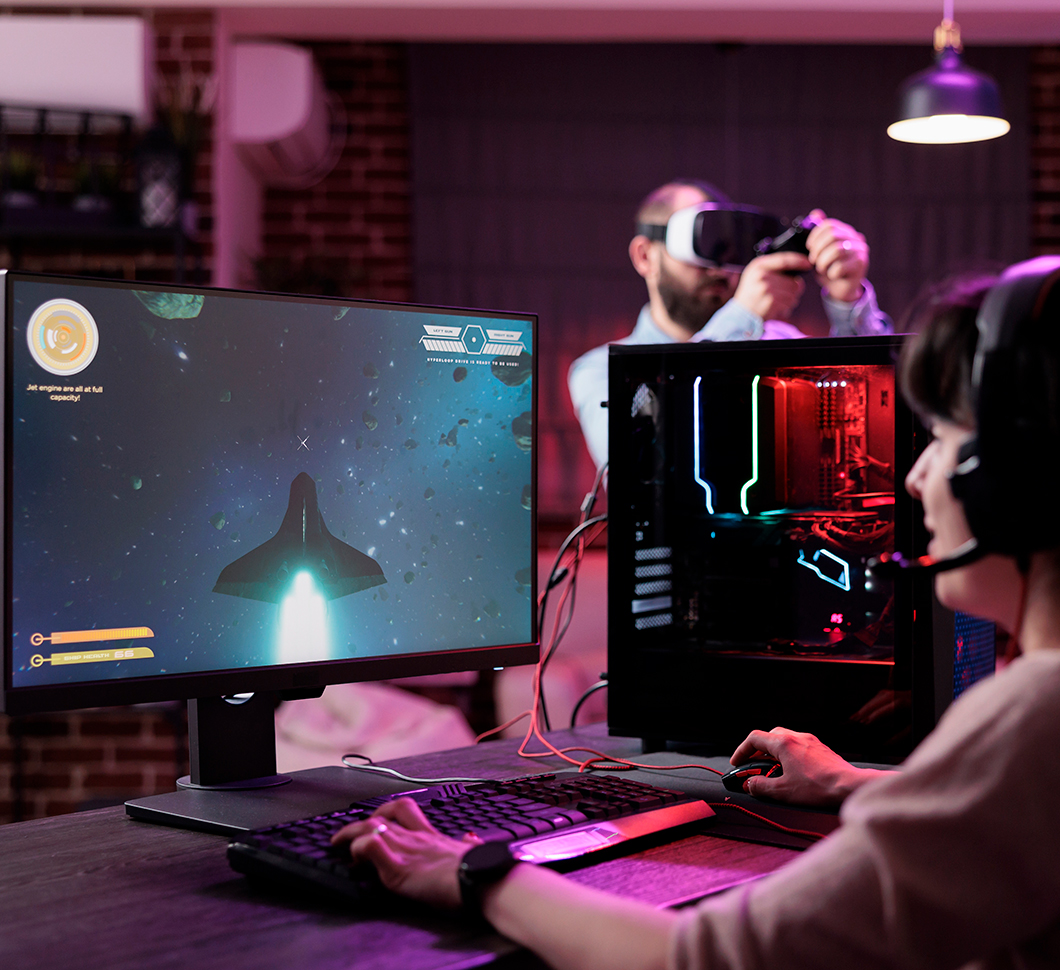 Beyond Reality: What Is a Simulation Game and Why It Matters Today
Beyond Reality: What Is a Simulation Game and Why It Matters Today  Proof of Concept Game: The First Step Toward a Full-Scale Game
Proof of Concept Game: The First Step Toward a Full-Scale Game 








